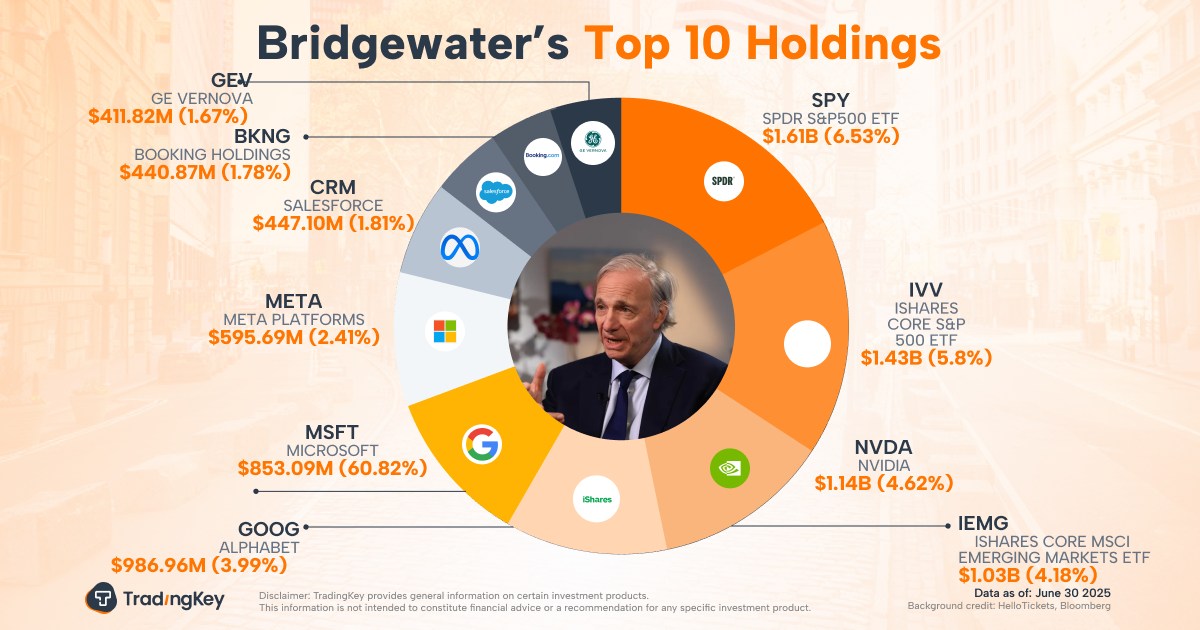Moderate MEA PV rate increases in 2025 despite increased competition: Gallagher

By Michael Jones
Feb 3 - (The Insurer) - Political violence (PV) rates in the Middle East and Africa (MEA) region are set for moderate increases in 2025 as geopolitical instability and economic uncertainty persist in some parts of the region, according to Gallagher.
MEA PV capacity to remain robust as competition increases
Regional gov initiatives could increase PV coverage availability
Marine market to see continuation of negative pricing adjustments in 2025
Hull and cargo market capacity not meeting demand
The broker said that an expected end to a hardening PV market could be delayed with (re)insurers set for a tough season of reinsurance renewal negotiations.
Despite expectations for a delay to the hardening market’s conclusion, Gallagher said that capacity is expected to remain robust.
There has been increased competition from several new entrants keen to underwrite MEA risks. This competition is expected to bring with it further capacity focused on emerging markets where demand for PV coverage is growing.
Coverage availability may also be expanded by regional government initiatives to subside and/or provide backstops to reinsurers in the highest risk zones, said Gallagher.
Unlike PV, Gallagher said the MEA marine market would likely see a continuation of the ongoing negative pricing adjustments in 2025.
Regional growth is expected to be driven by investments in infrastructure, port expansion, and regional trade developments.
The broker pointed towards the Suez Canal expansion and Saudi Arabia’s Vision 2030 port initiatives as two examples of infrastructure projects likely to raise demand for marine insurance.
However, Gallagher said that hull and cargo capacity in the Middle East market was, at present, not matching demand, while P&I cover was largely outsourced to the international markets.
The region must increase its risk retention to “prosper”, said Gallagher.
It suggested the Middle East market was “beholden to external rating dynamics” and had an overreliance on fronting arrangements for risk-averse earnings.
Gallagher also said the high war risk rates in the Red Sea had been somewhat counterbalanced by the reduction in traffic through the region.
“Claims activity is volatile, and even with higher rates, it is questionable whether premium levels are adequate for large losses as and when they materialise”, said Gallagher.
Last month, marine war risk rates in the Red Sea sat around 0.4-0.5 percent with sources sceptical of any rapid decrease in the wake of the ceasefire agreement in Gaza.





